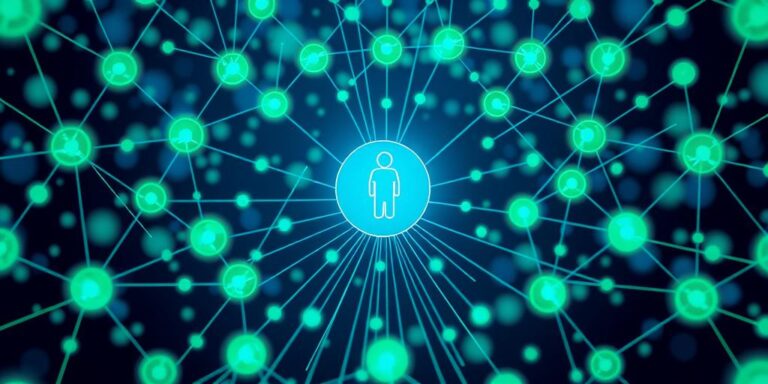Decentralized Identity: Giving Users Control (2026 Trends)
In the evolving digital landscape, the concept of identity is undergoing a profound transformation. Traditional identity systems, often managed by centralized authorities, are giving way to decentralized identity (DID), a paradigm that puts users firmly in control of their personal data. As we move closer to 2026, understanding the trends shaping decentralized identity is crucial for individuals, businesses, and policymakers alike.
What is Decentralized Identity?
Decentralized identity is a self-sovereign approach to identity management. Unlike conventional systems where identity is controlled by institutions, DIDs empower individuals to create and manage their own digital identities. These identities are stored on distributed ledgers or blockchain networks, providing enhanced security, privacy, and control. Users can selectively share verified credentials with relying parties without the need for intermediaries.
Key Trends Shaping Decentralized Identity in 2026
- Widespread Adoption of Blockchain Technology: The proliferation of blockchain technology is a key driver of DID adoption. Blockchain provides the immutable and transparent infrastructure required for secure identity storage and verification. As blockchain becomes more mainstream, DIDs will gain greater acceptance.
- Increased Focus on Data Privacy: Growing concerns about data breaches and privacy violations are fueling the demand for decentralized identity solutions. Users are increasingly seeking ways to protect their personal information and control how it is shared. DIDs offer a compelling alternative to centralized systems that are vulnerable to cyberattacks and misuse.
- Interoperability and Standardization: The development of interoperable standards is essential for the widespread adoption of DIDs. Standardized protocols and frameworks will enable different DID systems to communicate and interact seamlessly, fostering a more cohesive and user-friendly ecosystem. Efforts are underway to establish common standards for DID formats, verification methods, and credential exchange.
- Integration with IoT Devices: The Internet of Things (IoT) is expanding rapidly, connecting billions of devices and generating vast amounts of data. Decentralized identity can play a crucial role in securing IoT devices and protecting user privacy. By assigning DIDs to IoT devices, it becomes possible to authenticate and authorize devices in a secure and decentralized manner.
- Advancements in Biometric Authentication: Biometric technologies, such as fingerprint scanning, facial recognition, and iris scanning, are becoming increasingly integrated with decentralized identity systems. Biometrics offer a convenient and secure way to verify user identities and authorize transactions. The combination of biometrics and DIDs provides a robust and user-friendly authentication solution.
Benefits of Decentralized Identity
- Enhanced Security: DIDs are less vulnerable to cyberattacks and data breaches compared to centralized identity systems.
- Improved Privacy: Users have greater control over their personal data and can selectively share information with relying parties.
- Reduced Identity Theft: DIDs make it more difficult for fraudsters to steal and misuse personal information.
- Greater Convenience: DIDs simplify the process of accessing online services and verifying credentials.
- Increased Trust: DIDs foster greater trust between individuals and organizations by providing a transparent and verifiable identity system.
Challenges and Opportunities
Despite the numerous benefits, the adoption of decentralized identity also faces several challenges. These include:
- Scalability: Ensuring that DID systems can handle large numbers of users and transactions is a critical challenge.
- Usability: Making DIDs easy to use and understand for non-technical users is essential for widespread adoption.
- Regulation: Establishing clear legal and regulatory frameworks for DIDs is necessary to provide certainty and encourage innovation.
However, these challenges also present significant opportunities for entrepreneurs, developers, and policymakers. By addressing these issues, it will be possible to unlock the full potential of decentralized identity and create a more secure, private, and user-centric digital world.
Conclusion
Decentralized identity is poised to revolutionize the way we manage and control our digital identities. As we approach 2026, the trends shaping DID are becoming increasingly clear. By embracing these trends and addressing the challenges, we can create a future where individuals are empowered to own and control their personal data, fostering a more secure and trustworthy digital ecosystem.




